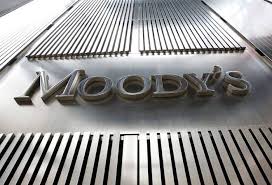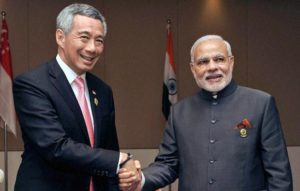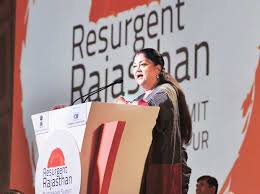 The Central Board of Direct Taxes (CBDT) has signed 11 more advance pricing agreements (APAs) with MNCs on Tuesday, taking the total number of such deals that would spare them from rigorous tax audits under certain conditions to 31 so far. Of this, 22 were signed this year. The department had earlier set an internal target of about 150 APAs for this year, mostly with US-based companies in the IT and ITeS sector to avoid future tax disputes. So far, it has covered about a fifth of this target. Experts expect that clearing all APA requests, applying their terms to similar past transactions and resolving disputes with foreign tax authorities under the Mutual Agreement Procedure would clear most of the accumulated cross-border tax disputes amounting to Rs 2.7 lakh crore. Till now about 45 tax disputes are resolved under the MAP procedure.
The Central Board of Direct Taxes (CBDT) has signed 11 more advance pricing agreements (APAs) with MNCs on Tuesday, taking the total number of such deals that would spare them from rigorous tax audits under certain conditions to 31 so far. Of this, 22 were signed this year. The department had earlier set an internal target of about 150 APAs for this year, mostly with US-based companies in the IT and ITeS sector to avoid future tax disputes. So far, it has covered about a fifth of this target. Experts expect that clearing all APA requests, applying their terms to similar past transactions and resolving disputes with foreign tax authorities under the Mutual Agreement Procedure would clear most of the accumulated cross-border tax disputes amounting to Rs 2.7 lakh crore. Till now about 45 tax disputes are resolved under the MAP procedure.
APA is an agreement between the tax authority and companies on the principles of valuation of certain transactions, which if adhered to will exempt the company from tax audits on cross-border deals. The tax disputes which the government may have with the companies on similar transactions in previous years too would be resolved by applying similar agreed upon value to past transactions. The move is part of the government’s efforts to reduce tax litigation.
According to sources, most of the APAs signed on Tuesday relate to service provider companies in the investment advisory and ITeS sectors. “The effort of the APA authorities is impressive. A lot of hard work has gone into analysing these cases and getting them to a closure,” said Vijay Iyer, Partner & National Leader for Transfer Pricing, EY which was involved in five of the 11 pacts on Tuesday.
While an APA between a company and the tax department will resolve a dispute in India, the possibility of double taxation would be fully addressed only when the tax authority in the company’s home country too becomes party to such agreement. America, which is home to many technology firms facing tax disputes in India, has recently started steps to implement such ‘bilateral APAs.’





